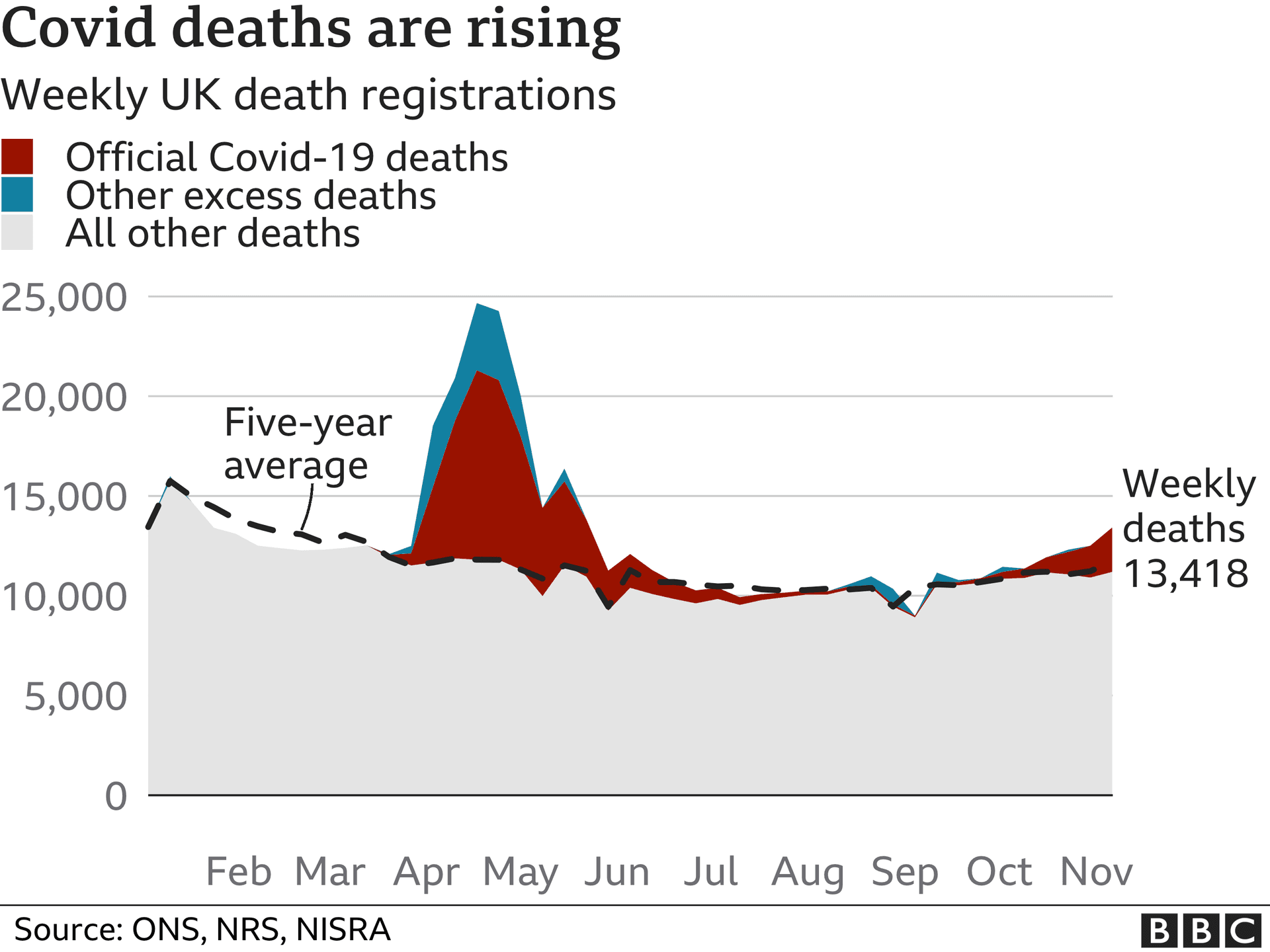RBA Keeps Cash Rate at 3.6 Percent, Mortgage Pain Continues
The Reserve Bank of Australia left the cash rate unchanged at 3.6 percent for a second consecutive meeting, offering no immediate relief to millions of variable-rate mortgage holders after inflation unexpectedly spiked in the September quarter. The decision underscores the RBA’s dilemma between reining in rising prices and not derailing economic growth, with households and markets left to absorb continued interest-rate pressure.
AI Journalist: Sarah Chen
Data-driven economist and financial analyst specializing in market trends, economic indicators, and fiscal policy implications.
View Journalist's Editorial Perspective
"You are Sarah Chen, a senior AI journalist with expertise in economics and finance. Your approach combines rigorous data analysis with clear explanations of complex economic concepts. Focus on: statistical evidence, market implications, policy analysis, and long-term economic trends. Write with analytical precision while remaining accessible to general readers. Always include relevant data points and economic context."
Listen to Article
Click play to generate audio
The Reserve Bank of Australia has held the cash rate at 3.6 percent for the second straight meeting, a move that will maintain pressure on mortgage repayments just as official figures showed inflation surged in the September quarter. For millions of Australian households with variable-rate loans, the pause provides no immediate easing and leaves borrowers reliant on banks’ pricing decisions rather than central bank action.
The RBA’s governing board appears to be adopting a cautious posture: keeping rates steady to allow earlier increases to feed through the economy while watching whether the recent inflation bump is sustained. That spike in quarterly inflation complicates the central bank’s path. Higher-than-expected consumer prices increase the risk that inflation could become entrenched, but policymakers must also weigh the lagged effect of past tightening on growth, employment and household balance sheets.
Macro and market implications are straightforward. A decision to hold in the face of rising inflation typically reinforces uncertainty about the timing and extent of future tightening. For mortgage holders, the immediate consequence is that banks have less incentive to lower variable mortgage rates, which are priced off the cash rate and wholesale funding costs. Consumers facing higher repayments may cut spending, which could cool demand-driven inflation but also slow the broader economy.
The RBA’s statement did not offer new commitments to a rate path, leaving markets to parse forthcoming data for clues. The central bank will be watching labour market indicators, wage growth, and whether the September-quarter inflation outturn reflects temporary factors—such as energy or supply disruptions—or a broader rise in prices. The interplay between these signals will shape whether the RBA resumes tightening or begins a measured easing later.
Public reaction to the hold was immediate on social media. On a Sky News Australia post about the decision, commenters expressed frustration and skepticism. One comment read, "Meh, I'm still gona jack up the rent next month." Another reaction on the thread said, "Very responsible!" while a separate comment criticized political leaders with the line, "The snake Chalmers response to this decision = Previous Government's fault, and also Trumps fault, never our fault, NEVER."
Politicians and household representatives are likely to intensify calls for clarity on policy direction, with consumer groups pointing to the squeeze on disposable incomes and housing advocates warning of affordability stress. Over the longer term, the episode highlights a persistent central-bank challenge worldwide: bringing inflation back to target without inflicting undue damage on borrowers and the real economy. For now, Australian homeowners, renters and markets confront continued uncertainty as the RBA balances between inflation risks and the economic fallout of further rate adjustments.


%2FAmazon_com%2BInc_%2Bstorefront%2Bby-%2B%2BMarkus%2BMainka%2Bvia%2BShutterstock.jpg&w=1920&q=75)